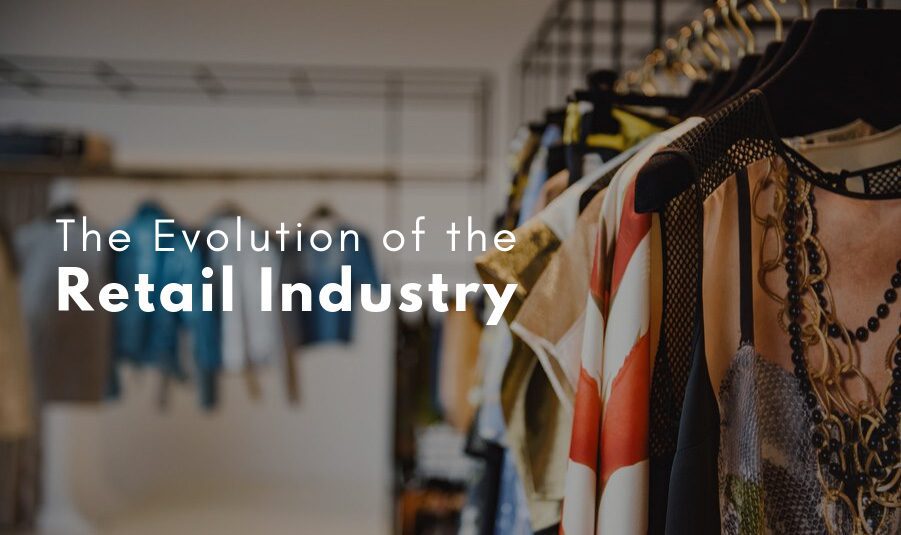The wants and needs of consumers in the United States change constantly. Shopping was once an elaborate ordeal, but customers can now purchase any product they desire with the simple touch of a button. The evolution of the retail industry continues to this day.
Department stores
The development of the assembly line in the early 20th century streamlined the production process and enabled the mass production of goods. As more products became available, the American retail industry had to change. Large department stores began to pop up across the country as a result. They allowed consumers to purchase high-quality goods at a faster speed than they previously could with corner stores or catalog purchases. As more and more department stores were built, malls and shopping centers were also erected to make shopping even easier. Malls provided consumers with one convenient location where they could quickly and efficiently purchase everything on their shopping list. Big box stores also began to emerge between the 1970s and 1990s. These catered to price-conscious shoppers, as they allowed consumers to purchase large quantities of products at once, which often reduced the total price.
Online retail
As technology improved, consumer preferences began to shift toward online retail. Department stores lost their appeal, and online retailers started to grow in popularity. Many younger shoppers prefer online retailers due to the convenience and ease of use. Consumers no longer need to leave their house to find high-quality items and can now instead have products shipped directly to their doorstep.
Pop-up stores and experiential shopping
The evolution of the retail industry seems to have come almost full-circle in recent years. Though online retail can make shopping quicker and more convenient, it does not allow customers to properly view, feel, or test products. This is a very important element to many shoppers, as they want proof that the product will function properly before they spend any money. For this reason, many online retailers have started to open physical locations, though these stores are much different than big department stores. Pop-up stores allow customers to view and try products in person, an opportunity they wouldn’t normally have when simply buying the product online. Pop-up shops also introduced consumers to the concept of experiential shopping. Shopping is no longer about simply purchasing products and checking things off a shopping list, it’s about the experience. By building eye-catching pop-up shops with custom airstream trailers or mobile showrooms, customers can have a unique shopping experience they won’t soon forget. The unique, fun environment created by mobile pop-up stores, coupled with the fact that customers can view and test products, has led to an increase in popularity for pop-up shops and an increase in sales for many online retailers.




